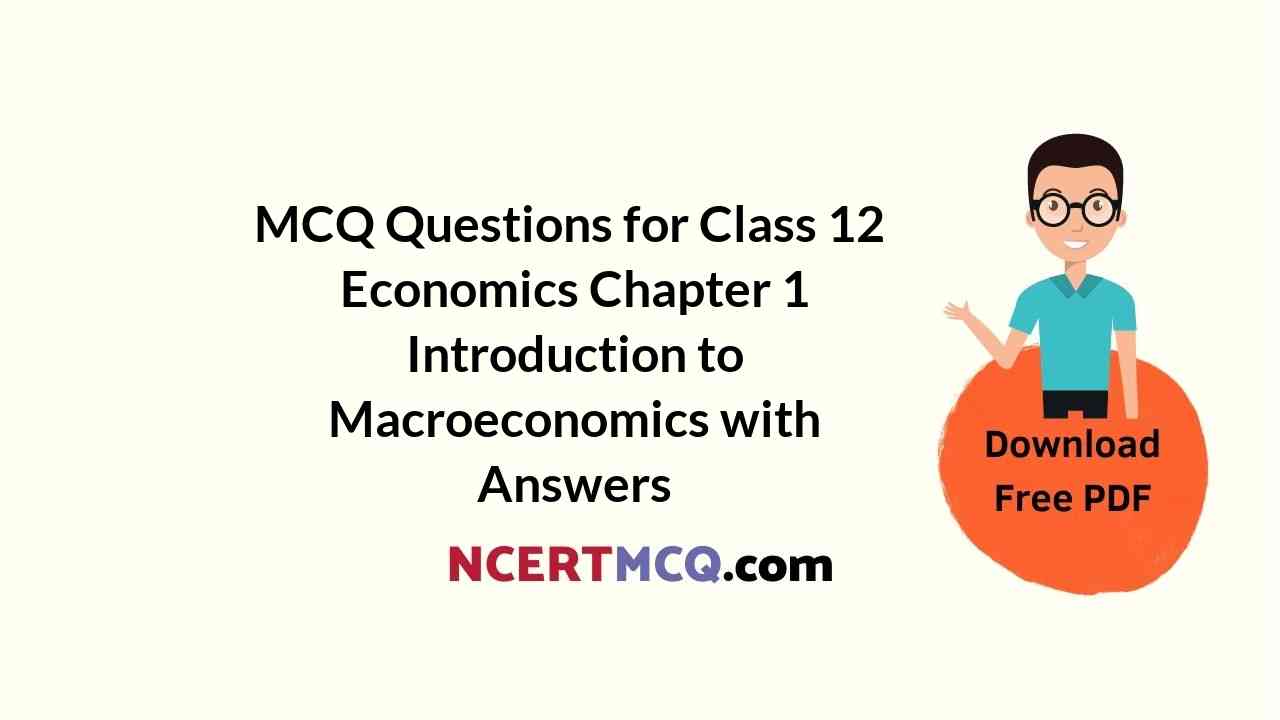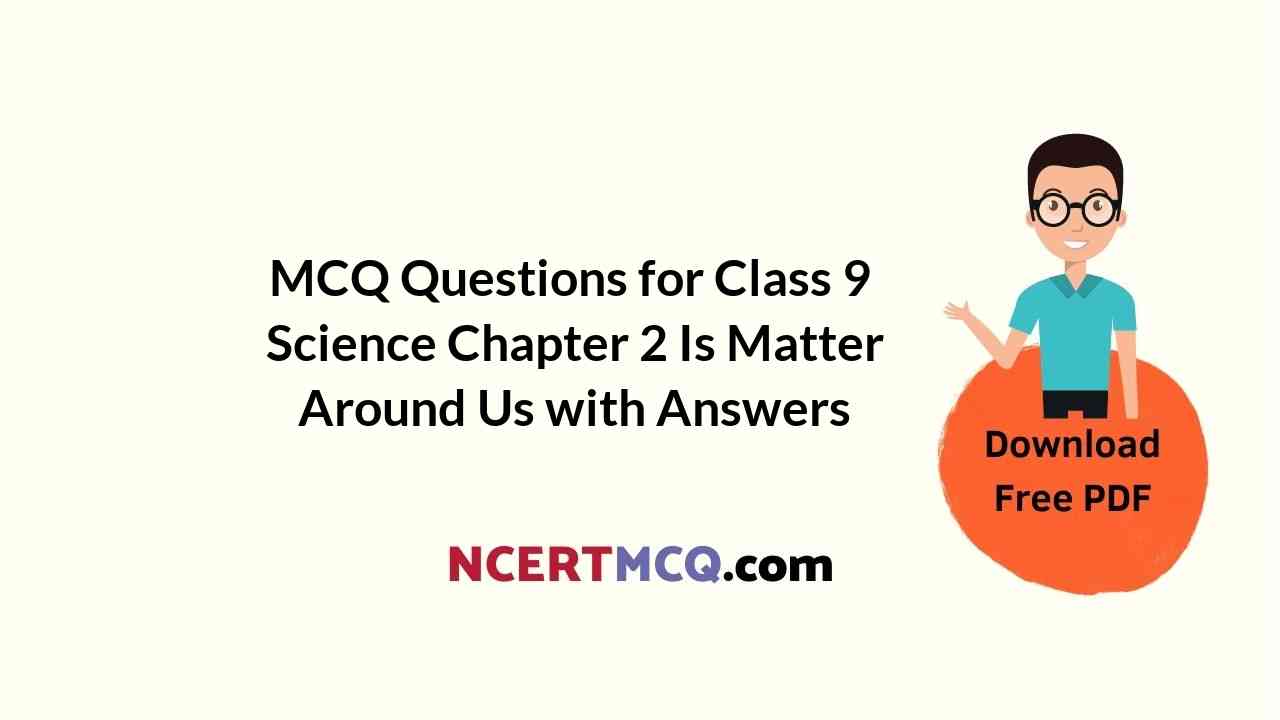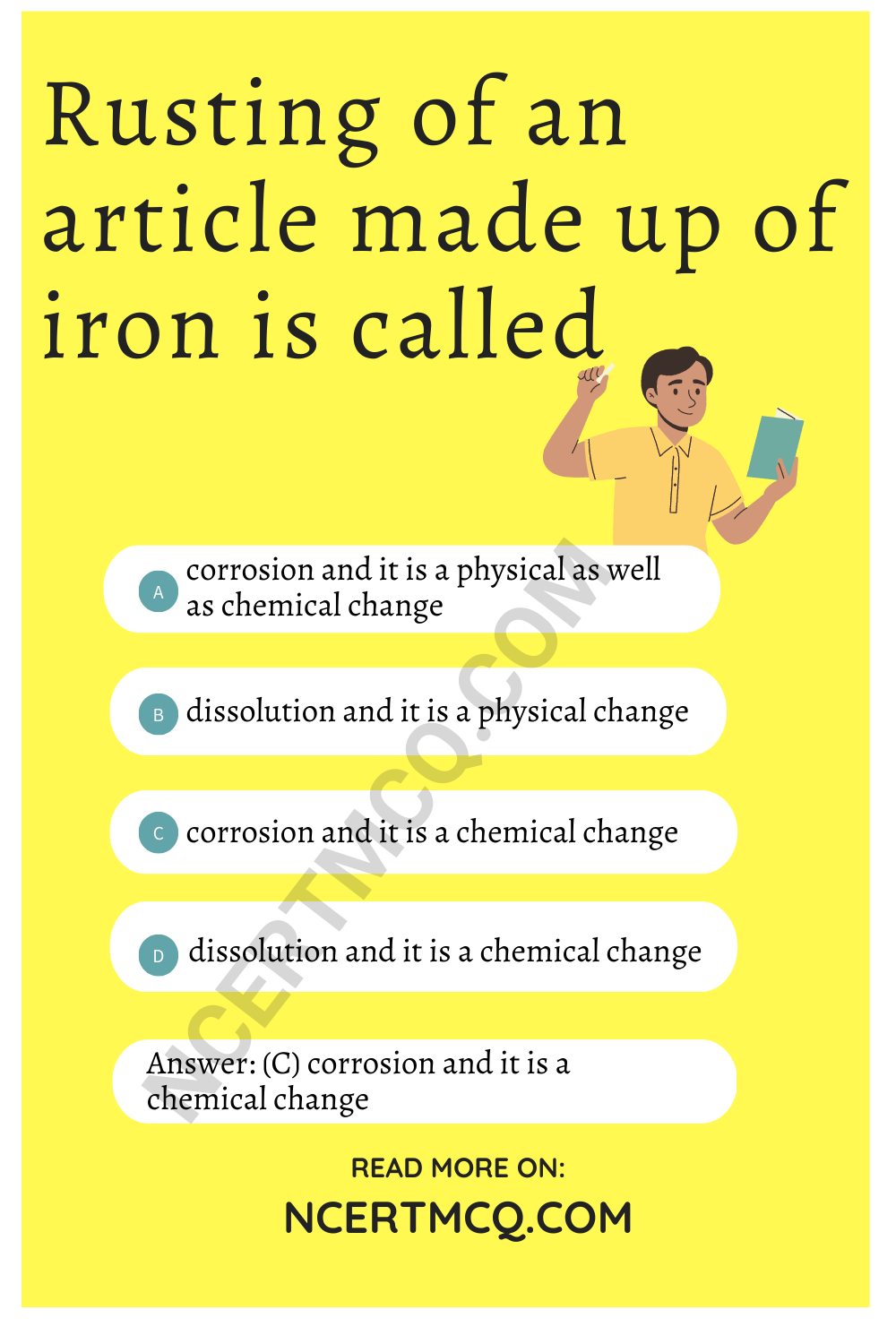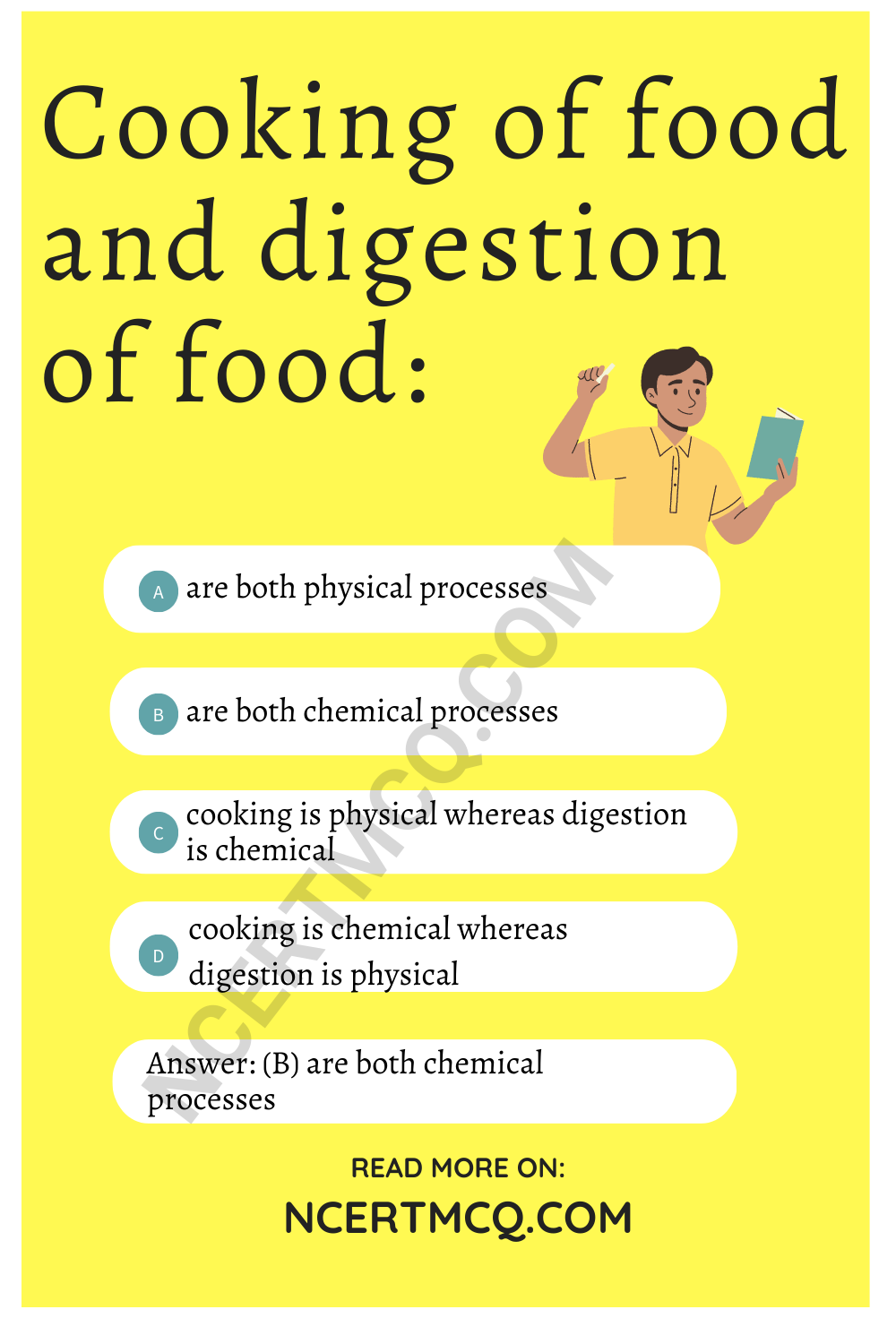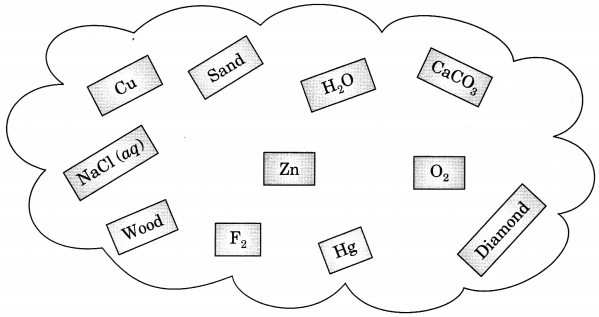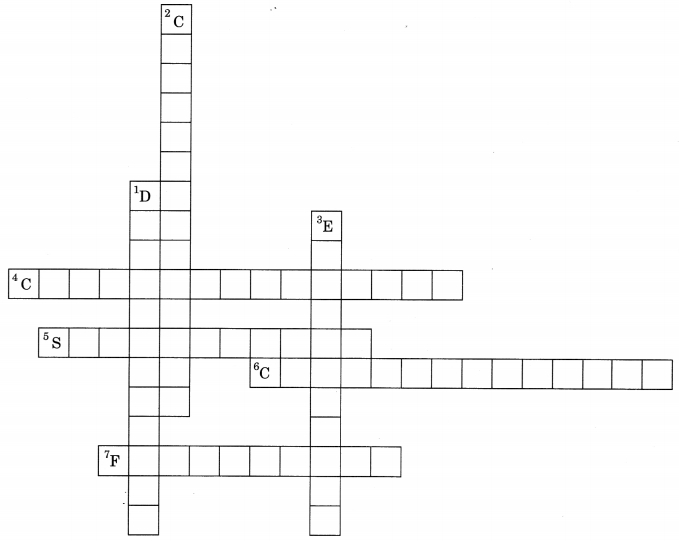Check the below NCERT MCQ Questions for Class 12 Economics Chapter 1 Introduction to Macroeconomics with Answers Pdf free download. MCQ Questions for Class 12 Economics with Answers were prepared based on the latest exam pattern. We have provided Introduction to Macroeconomics Class 12 Economics MCQs Questions with Answers to help students understand the concept very well.
Class 12 Economics Chapter 1 Introduction to Macroeconomics MCQ With Answers
Economics Class 12 Chapter 1 MCQs On Introduction to Macroeconomics
I. Choose the correct alternative.
MCQ Questions For Class 12 Economics Chapter 1 Question 1.
What is known as the study of individual units?
(A) Macroeconomics
(B) Microeconomics
(C) Income and Employment Theory
(D) Development economics
Answer
Answer: (B) Microeconomics
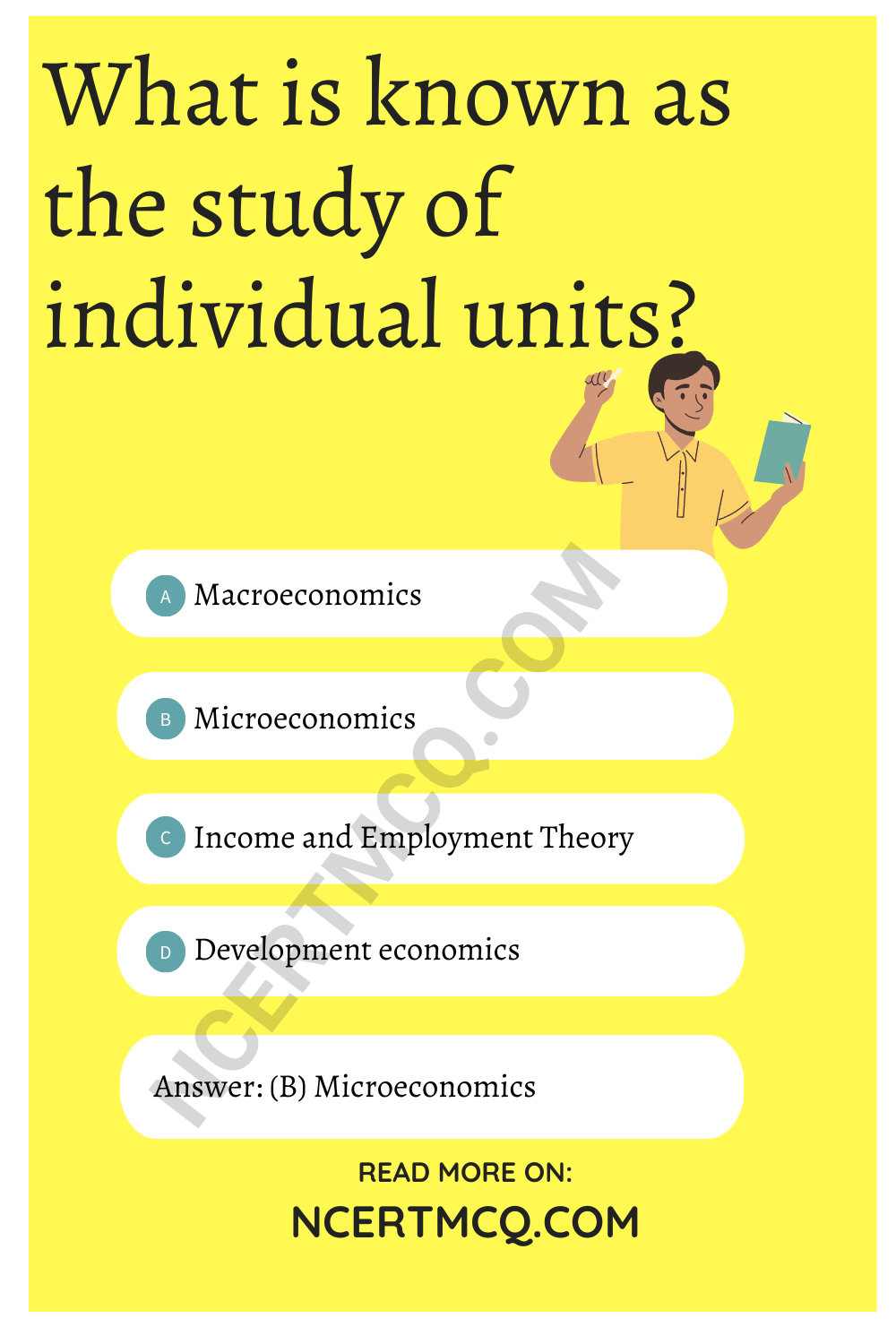
Macroeconomics Class 12 Chapter 1 MCQ Question 2.
What is the main cause of all economic problems?
(A) Abundance
(B) Convenience
(C) Scarcity
(D) None of these
Answer
Answer: (C) Scarcity
MCQ Class 12 Economics Chapter 1 Question 3.
Study of aggregates is known as _________
(A) Macroeconomics
(B) Microeconomics
(C) Price theory
(D) Factor price determination
Answer
Answer: (A) Macroeconomics
Class 12 Economics Chapter 1 MCQ Question 4.
What is the name of the book written by J.M. Keynes?
(A) Wealth of Nation
(B) Political economy
(C) The General Theory of Employment, Interest and Money
(D) None of these
Answer
Answer: (C) The General Theory of Employment, Interest and Money
Macroeconomics MCQs With Answers Question 5.
When was the famous book of Prof. Keynes published?
(A) 1930
(B) 1931
(C) 1936
(D) 1940
Answer
Answer: (C) 1936
Economics Class 12 Chapter 1 MCQ Question 6.
When did the great depression occur?
(A) 1929-30
(B) 1934-35
(C) 1938-39
(D) 1941-42
Answer
Answer: (A) 1929-30
Class 12 Economics Ch 1 MCQ Question 7.
Who is known as the father of modern macroeconomics?
(A) Adam Smith
(B) J.M.Keynes
(C) Samuelson
(D) Hicks
Answer
Answer: (B) J. M. Keynes
Economics Chapter 1 Class 12 MCQ Question 8.
Mr. Skund Kumar wants to study the national income. Which branch of economics will he have to study?
(A) Microeconomics
(B) Price theory
(C) Factor price determination
(D) Macroeconomics
Answer
Answer: (D) Macroeconomics

II. Fill in the blanks with the correct answer.
MCQ On Micro And Macro Economics Question 1.
The mother of all economic problems is _________
Answer
Answer: scarcity
Class 12 Macroeconomics Chapter 1 MCQ Question 2.
Macroeconomics is defined as that branch of economics, which studies economic activities of an economy as a _______
Answer
Answer: whole
MCQ Of Economics Class 12 Chapter 1Question 3.
_______ was the founding father of modern economics.
Answer
Answer: Adam Smith
Introduction To Macroeconomics Class 12 MCQ Question 4.
Keynes book on Income and Employment came into light in the year _________
Answer
Answer: 1936
MCQ Of Chapter 1 Macroeconomics Class 12 Question 5.
Aggregate Demand is the sum total of consumption and _________
Answer
Answer: investment
Question 6.
The period of the great depression was from __________
Answer
Answer: 1929-33
III. State whether the following statements are true or false.
Question 1.
Capital, land, labour, and entrepreneur are the factors of production.
Answer
Answer: True
Question 2.
The expenses which raise productive capacity are known as investment expenditure.
Answer
Answer: True
Question 3.
The domestic country may sell goods to the rest of the world. It is called imports.
Answer
Answer: False
Question 4.
The domestic country may buy goods from the rest of the world. It is called exports.
Answer
Answer: False
Question 5.
The capitalist economy works for social welfare.
Answer
Answer: False
Question 6.
Microeconomics deals with the aggregate economic variable of an economy.
Answer
Answer: False
Question 7.
‘Save more’ is always a virtue.
Answer
Answer: False
IV. Match the following.
Question 1.
| Column-I | Column-II |
| 1. Worldwide Depression | (A) 1936 |
| 2. Publication year of Keynes’s book | (B) 1929-30 |
| 3. Problem of unemployment | (C) Microeconomics study |
| 4. Study of the sugar industry | (D) J.M.Keynes |
| 5. Father of Macroeconomics | (E) Ragnar Frisch |
| 6. Who divided economics into two parts? | (F) Macroeconomics study |
Answer
Answer:
| Column-I | Column-II |
| 1. Worldwide Depression | (B) 1929-30 |
| 2. Publication year of Keynes’s book | (A) 1936 |
| 3. Problem of unemployment | (F) Macroeconomics study |
| 4. Study of the sugar industry | (C) Microeconomics study |
| 5. Father of Macroeconomics | (D) J.M.Keynes |
| 6. Who divided economics into two parts? | (E) Ragnar Frisch |
We hope the given NCERT MCQ Questions for Class 12 Economics Chapter 1 Introduction to Macroeconomics with Answers Pdf free download will help you. If you have any queries regarding CBSE Class 12 Economics Introduction to Macroeconomics MCQs Multiple Choice Questions with Answers, drop a comment below and we will get back to you soon.
Class 12 Macroeconomics with Answers MCQ:
